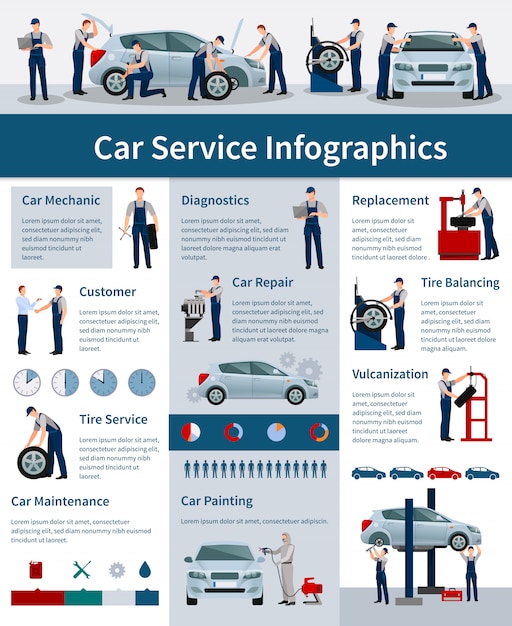Interpreting Your Car'S Alert Lighting: Their Real Effects
Interpreting Your Car'S Alert Lighting: Their Real Effects
Blog Article
Post By-Hartley Shepherd
When you lag the wheel, those beautiful warning lights on your dashboard can be a bit puzzling. Do you recognize what they're attempting to tell you about your vehicle's health? Recognizing the relevance of these lights is vital for your safety and the longevity of your vehicle. So, the following time among those lights appears, would not you intend to decipher its message accurately and take the essential actions to address it?
Common Warning Lighting and Interpretations
Determine typical caution lights in your cars and truck and recognize their definitions to guarantee risk-free driving.
The most regular caution lights consist of the check engine light, which indicates concerns with the engine or discharges system. If this light begins, it's vital to have your car checked promptly.
The oil stress advising light indicates reduced oil pressure, requiring prompt focus to prevent engine damage.
https://brakerotorreplacementcost05049.activoblog.com/32588644/delve-into-the-pivotal-patterns-that-are-forming-the-future-of-automobile-repair-featuring-the-growth-of-electrical-automobiles-and-the-combination-of-ai blinking battery light may suggest a malfunctioning billing system, potentially leaving you stranded otherwise addressed.
The tire pressure surveillance system (TPMS) light alerts you to low tire stress, affecting car stability and fuel effectiveness. Overlooking this might cause risky driving problems.
The abdominal muscle light shows a problem with the anti-lock braking system, endangering your capacity to quit quickly in emergency situations.
Last but not least, the coolant temperature level advising light warns of engine getting too hot, which can result in extreme damage otherwise fixed quickly.
Comprehending these common caution lights will certainly assist you attend to problems immediately and preserve secure driving problems.
Significance of Prompt Interest
Recognizing the common caution lights in your vehicle is just the very first step; the value of without delay attending to these cautions can not be emphasized enough to ensure your safety on the road.
When a warning light brightens on your control panel, it's your cars and truck's way of interacting a potential problem that needs interest. Neglecting these cautions can cause extra severe issues in the future, compromising your security and possibly costing you more out of commission.
bodycoating to advising lights can protect against breakdowns and mishaps. For instance, a blinking check engine light could show a misfire that, if left ignored, can trigger damage to the catalytic converter. Addressing this promptly can conserve you from a pricey fixing.
Likewise, a brake system advising light may signal low brake fluid or used brake pads, essential elements for your safety and security when driving.
DIY Troubleshooting Tips
If you notice a caution light on your dashboard, there are a few DIY repairing ideas you can try before seeking specialist assistance.
The first step is to consult your vehicle's manual to understand what the details caution light shows. Occasionally the problem can be as simple as a loosened gas cap activating the check engine light. Tightening carcleaningkitwarehouse may fix the issue.
Another usual problem is a reduced battery, which can activate numerous alerting lights. Inspecting the battery connections for corrosion and ensuring they're safe and secure may deal with the issue.
If a caution light continues, you can try resetting it by separating the vehicle's battery for a couple of mins and afterwards reconnecting it. In addition, checking your vehicle's fluid degrees, such as oil, coolant, and brake fluid, can aid troubleshoot alerting lights related to these systems.
boat cleaning and detailing near me
In conclusion, recognizing your automobile's caution lights is necessary for keeping your car running efficiently and safely. By quickly attending to these notifies and recognizing what they indicate, you can avoid pricey fixings and possible break downs.
Keep in mind to consult your cars and truck's guidebook for specific details on each alerting light and do something about it appropriately to ensure a trouble-free driving experience.
Remain informed, remain safe when driving!
